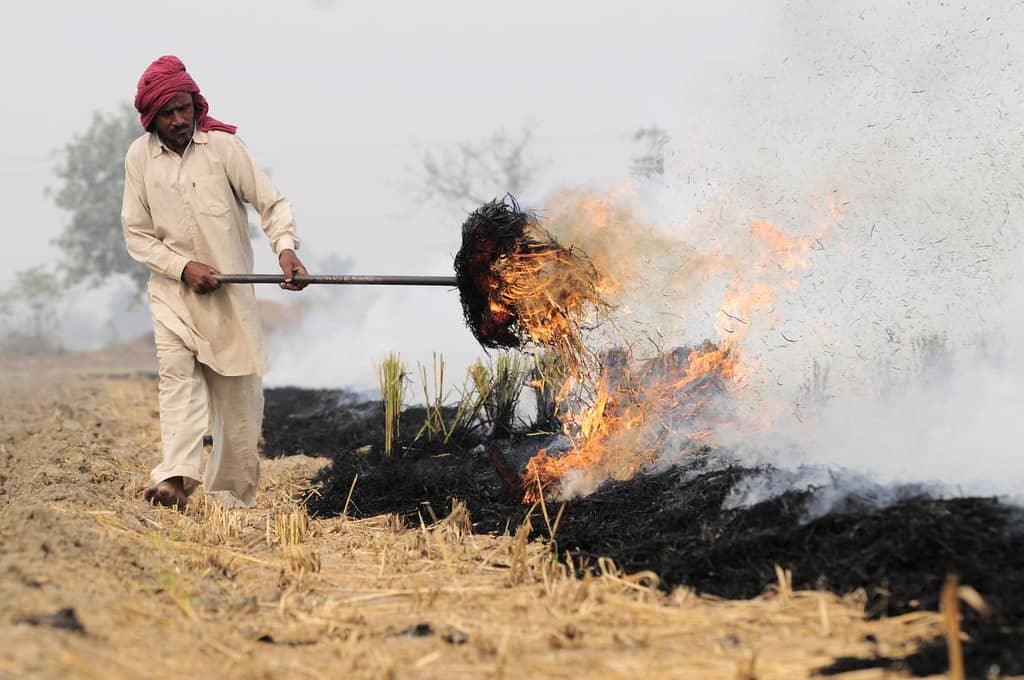How air pollution is holding down wheat yields in India
- From
-
Published on
11.10.19
- Impact Area

Since the start of the Green Revolution in the mid-1960s, India has tripled its wheat yield. Yet air pollution also rose steadily during this period, with deleterious impacts on crops. In a recent paper drawing on published literature, I estimate that the increases in ozone and aerosol pollutants across the northern Indian wheat belt have held yield growth back by about one third.
In other words, India, which produced a record wheat harvest of 100 million tons in 2018-19, could have produced 40 million tons more if the atmosphere were as clean as it was 50 years ago.
India doesn’t really need that additional wheat; it is already close to self-sufficiency. But these findings suggest the economic constraints air pollution imposes; a clean atmosphere would have permitted many Indian farmers to replace wheat with more renumerative crops and to be less dependent on government subsidies, to the benefit of the overall economy.
Photo Credit: Neil Palmer/CIAT
Related news
-

CGIAR Climate Security team pilots a new research approach for the development of Nature-based Solutions in fragile settings
Ibukun Taiwo27.11.25-
Climate adaptation & mitigation
Responding to complex crises requires new systemic research approaches that help identify entry poin…
Read more -
-

From Dirt to Decision-Making: Governance and Soil Health Must Go Hand in Hand
Multifunctional Landscapes Science Program26.11.25-
Biodiversity
-
Environmental health
-
Environmental health & biodiversity
In October, the world convened in Des Moines for the 2025 Borlaug Dialogue under the…
Read more -
-

Drones prove their worth in measuring livestock methane in Africa
International Livestock Research Institute (ILRI)26.11.25-
Mitigation
In May 2024, the International Livestock Research Institute (ILRI) and partners shared news of the…
Read more -
